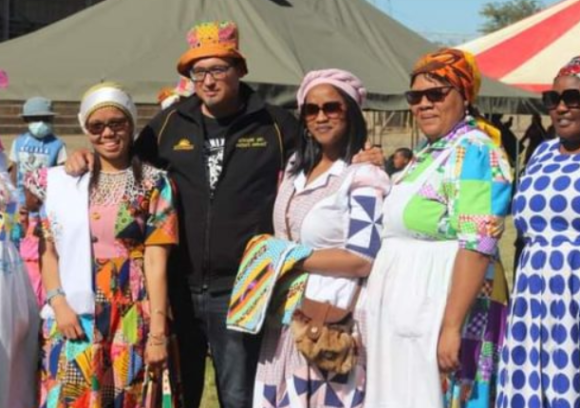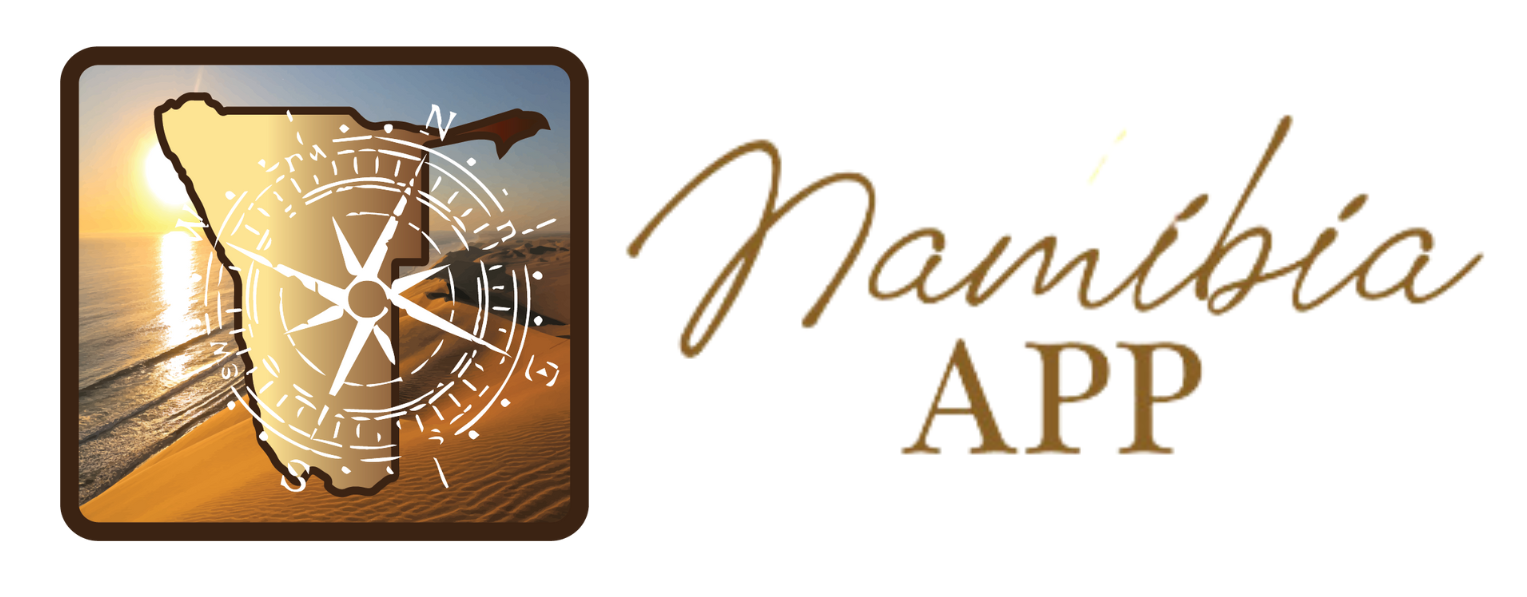The Nama

The Nama people, who call themselves the Red Nation, /Awakhoen, are the only true descendants of the Khoekhoe in Namibia. They originally lived in the northern part of the Cape Province, where they adopted the use of horses from the European settlers, living as nomads defending their territories against invaders seeking pasture. In the nineteenth century, they were already living south and north of the Orange River when Jager and Jonker (father of Jan Jonker) crossed it with the Afrikaner tribe
The Afrikaners and four other Nama tribes represented the so-called Oorlam group. Pushed continuously northwards by a rapidly advancing white farming community and led by the famous Jan Jonker Afrikaner, the Nama settled in the southern and central areas of the country. Today the differentiation between Nama and the Oorlam is merely of historical significance.
When Herero migrating from the north intruded into Nama pasturelands, a fierce and prolonged battle developed between these two groups. The conflict was brought to an end by German colonial forces in the late 1800s, and home areas including Berseba, Gibeon (Krantzplatz), Bondels, Sesfontein, Soromas and Warmbad were offered to the Namas. Today the concept of communal land ownership still prevails among the Nama tribes, with the exception of the =|Aonin or Topnaars of the Kuiseb environs, whose !nara fields are the property of individual lineages. Traditionally, as pastoral nomads, they had little need for permanent structures, their beehive-shaped rush-mat huts providing such shelter as they required.
There are several similarities between the Nama and the San (Bushmen). The Nama are generally short in stature and comparatively light in colour, with certain characteristic features, such as the small, slender hands and feet of the women. They also share linguistic roots with the San, speaking with the distinctive click sounds. The Nama have a substantial oral tradition. Numerous proverbs, riddles, tales and poems have been handed down from generation to generation, the poems ranging from love songs and praise of heroic figures, to songs of the animals and plants in the environment. They also have a natural talent for music and dance. An example of a traditional dance is the well-known Nama stap.
Traditionally the Nama people were hunter-gatherers and also pastoral herders breeding cattle, goats and sheep. It was the Nama who introduced fat-tailed sheep to Namibia. Nama women have an inborn talent for creative needlework and embroidery and several co-operative projects have been initiated in the south to promote and market their handiwork. Another craft typical of the Nama people is the kaross or blanket made from skins sewn together, formerly worn by Khoesan and other African people, and nowadays used as a bed or floor covering.

